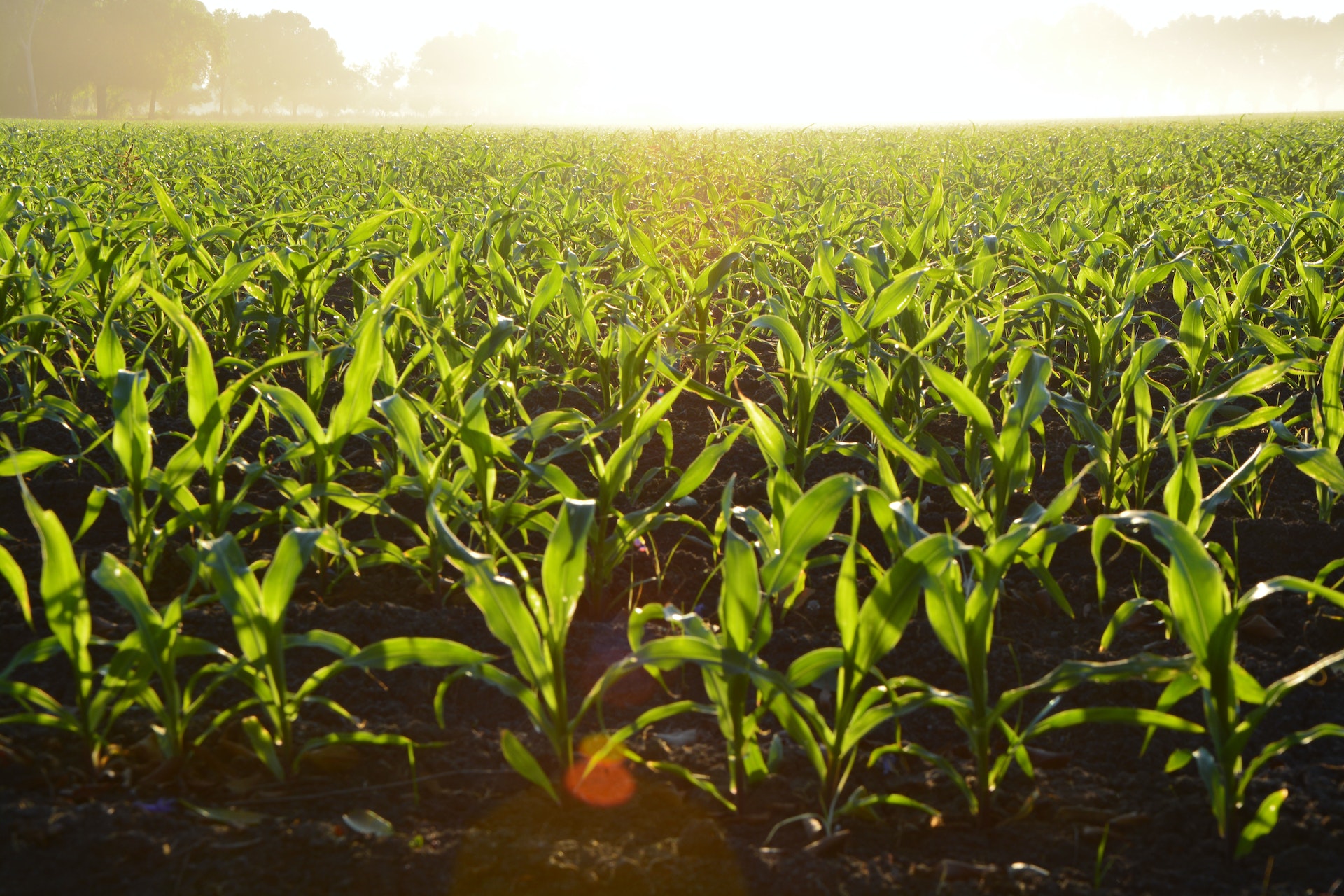Growing your own food can be rewarding, but it can also be challenging at times. No matter how much you love planting, growing, and harvesting your own fruits and vegetables, there will come a time when everything seems to be going wrong.
There’s a reason why so few people grow their own produce – it is a difficult and challenging task! When things don’t go as planned, the best response is to stay positive, keep trying new things, and practice patience. Here are ten expert tips for helping you succeed at growing crops like a pro.
Don’t underestimate the importance of quality soil
One of the major factors that contribute to the success or failure of a crop is its health. The health of the soil will dictate whether your plants are able to grow healthy and strong or whether they struggle to survive at all.
Soils around the world vary hugely depending on a number of factors, but one of the most important is the amount of organic matter it contains. Check out a craftsman rototiller for sale today to help you improve the soil.
Organic matter has many benefits to the soil, including boosting its ability to retain moisture and nutrients and improving its ability to provide a good growing environment for plants. If you want to grow healthy crops, start with healthy soil.
Rotate your crops
When growing in soil, it’s important to carefully rotate your crops. This means that you periodically change what you’re growing in each section of your garden and don’t plant the same thing in the same place two years in a row.
Rotating your crops helps to prevent the soil in your garden from being over-farmed. It also helps to prevent the spread of diseases, as they won’t be able to build up and remain in one place for a long period of time. Furthermore, you should use crimper rollers to get rid of your cover crop so they won’t compete with your cash crop.
It can be difficult to remember what crops go where in a small garden, so it’s a good idea to keep a garden map. This way, you won’t ever forget what needs to be planted where.
Keep a record of what works and what doesn’t
It can be tempting to try something new every year in an attempt to tackle each new problem that crops up. But if you find yourself trying new things each year, you can’t learn from your mistakes, and you’ll never get any better at growing.
Instead, keep a record of what works and what doesn’t, and make adjustments accordingly for future growing seasons. This can also be helpful for sharing your growing expertise with others, so you don’t have to go through the same growing pains as everyone else.
Diversify your portfolio of crops
When you only have one crop in your garden, it is solely dependent on the weather and your ability to grow it well. If you have a portfolio of crops, each dependent on different factors, you’ll have a more stable harvest throughout the year.
Having a diversified portfolio of crops also makes sense from a nutritional standpoint. A varied diet will ensure that you get a wide range of minerals and nutrients, so you don’t become deficient in any one thing.
If you have a plant that is particularly susceptible to weather conditions, consider adding a couple of other crops to your garden, so you end up with something to harvest.
Don’t forget to water (and add nutrients)
Growing crops takes a lot of nutrients, and you’ll need to be sure to add some back into the soil each year. If you don’t, the soil will become too depleted to sustain the plants you want to grow.
You’ll need to test your soil and add the appropriate amount of nutrients in order to keep it healthy. Make sure that you are regularly watering your crops, as this is an essential part of growing healthy produce.
Even if your climate doesn’t experience dry spells, plants need a consistent supply of water in order to flourish. A good rule of thumb is to check your plants each day, and water them as soon as the surface of the soil feels dry.
Learn from your failures and disappointments
Not everything will grow in your garden, and that’s okay! Enjoy the challenges and don’t give up when a crop fails to produce, or a disease infects your plants.
Instead, learn from your mistakes and use them to create a better growth strategy for next time. Don’t take each failure personally. Some plants just aren’t suited to your growing conditions, and that’s okay.
Be flexible with your growing strategies
Sometimes, the strategies you’ve used in the past won’t be applicable in the future. Climate change, the weather, soil health, and many other factors can drastically alter the growing environment from one year to the next.
Stay flexible, and try new things even when they don’t seem to make sense. You may just find that a new strategy is more successful than the one you’ve been following for years.
Conclusion
Growing your own food is a rewarding and fulfilling hobby that can save you money and provide you with healthy produce all year round. But don’t be fooled into thinking that growing your own food is easy – it takes a lot of time and effort! Follow these tips and you’ll be well on your way to growing crops like a pro.



